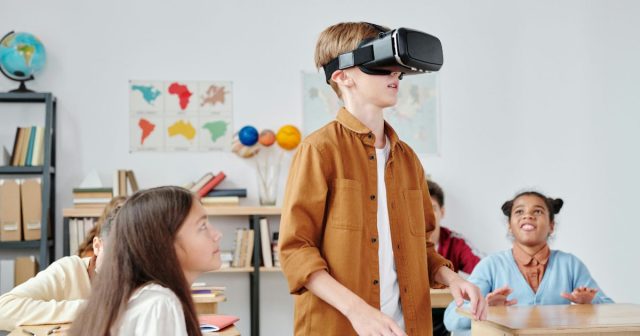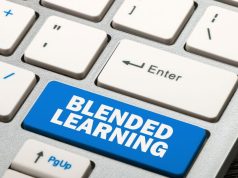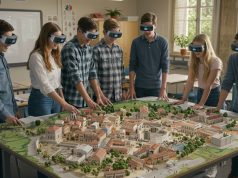Virtual reality is reshaping how students learn by making lessons immersive, interactive, and engaging. Virtual reality in education allows learners to explore complex concepts, visualize abstract ideas, and practice skills in a safe, controlled environment. Platforms like Oculus, HTC Vive, and Google Expeditions enable 3D simulations, virtual field trips, and interactive labs that enhance retention, encourage collaboration, and support personalized learning paths. Educators can track progress, measure outcomes, and create inclusive experiences that adapt to each student’s needs. As classrooms evolve, VR offers a powerful way to bring learning to life, prepare students for future careers, and transform traditional teaching methods.
In this comprehensive guide, we’ll explore the potential of virtual reality in education, practical implementation strategies, best practices, and future directions.
Why Virtual Reality Matters in Education
Traditional classroom methods sometimes struggle to capture students’ attention or convey complex concepts. VR changes the game by:
- Increasing Engagement: Immersive environments spark curiosity and maintain focus better than lectures alone.
- Enhancing Retention: Studies show that experiential learning boosts memory recall by up to 75% compared to passive study methods.
- Bridging Theory and Practice: Students can practice lab experiments, field trips, or technical skills in a safe virtual space.
- Accommodating Diverse Styles: VR appeals to visual, kinesthetic, and auditory learners simultaneously.
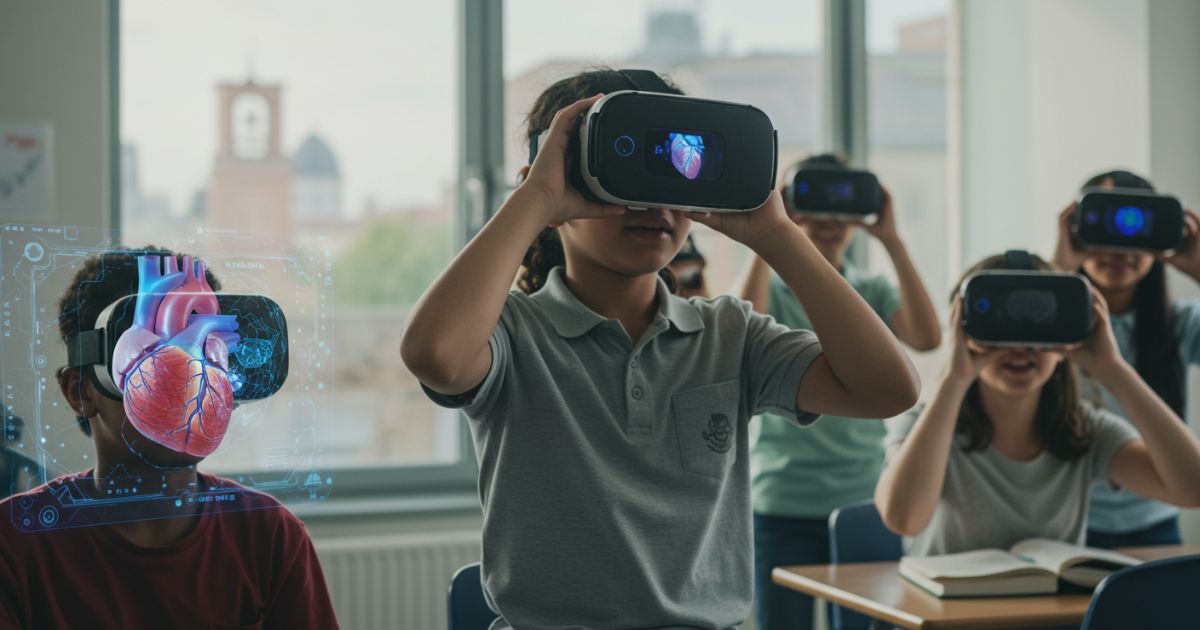
Core Components of an Educational VR Setup
Implementing VR in the classroom requires both hardware and software considerations:
- Headsets: From standalone devices like Oculus Quest to tethered systems with PCs, choose based on budget and mobility needs.
- Controllers & Trackers: Handheld controllers and body trackers enable natural interaction within the virtual world.
- Content Platforms: Commercial educational VR platforms (like Engage or zSpace) offer ready-made lessons, while open-source options allow custom development.
- Networking & Infrastructure: Ensure robust Wi-Fi or wired connections for multi-user sessions and cloud-based content delivery.
Designing Effective VR Learning Experiences
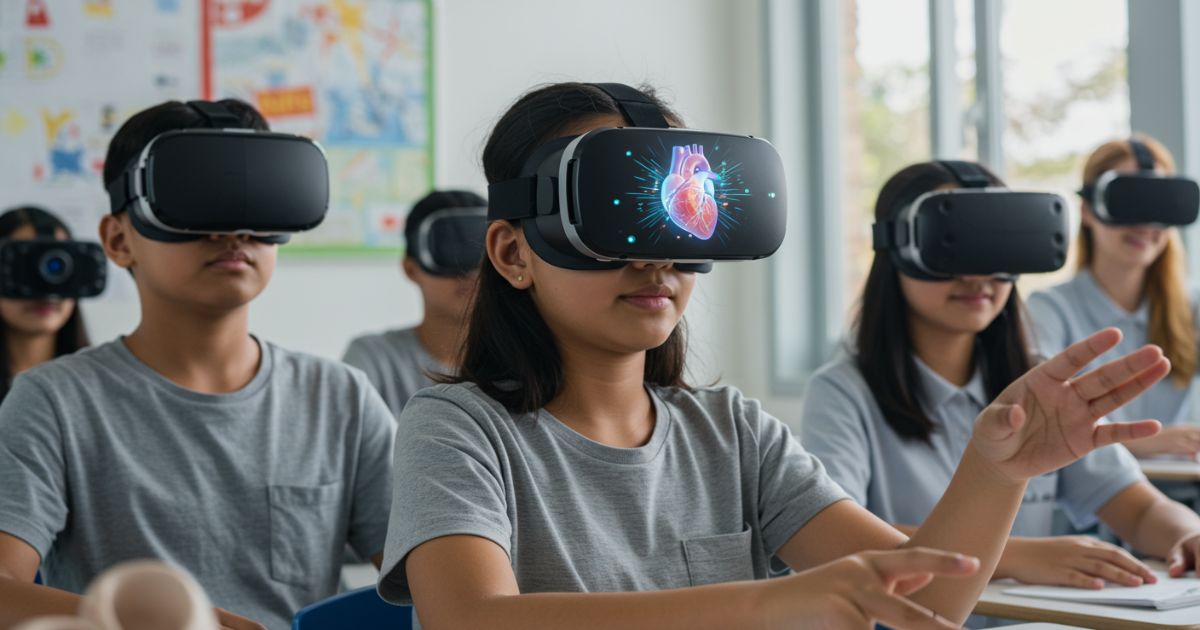
Simply strapping on a headset isn’t enough. Follow these best practices to maximize learning outcomes:
a. Align with Learning Objectives
Start by defining clear goals. Ask: What should students know or be able to do after the VR session? Ensure that each virtual activity directly ties back to the relevant curriculum standards.
b. Scaffold Complexity
Begin with guided tours or simulations, then progressively introduce problem-solving tasks. This gradual increase in complexity helps learners build confidence and mastery.
c. Incorporate Interactivity
Encourage exploration through quizzes, drag-and-drop exercises, or peer collaboration. Interactivity solidifies concepts and maintains engagement.
d. Provide Real-Time Feedback
Use analytics built into VR platforms to monitor student actions. Offer immediate feedback through on-screen prompts, virtual tutors, or post-session reports.
Case Study: VR in STEM Education
At Griffin High School, science teachers integrated VR lab simulations for chemistry classes. Instead of handling hazardous chemicals, students donned headsets to mix virtual reagents. Results included:
- 30% increase in test scores on chemical reaction topics.
- 80% positive feedback on engagement and confidence in lab skills.
- Zero safety incidents, eliminating the need for special lab accommodations.
Overcoming Common Challenges
While promising, VR adoption can face hurdles—here’s how to tackle them:
- Budget Constraints: Start small with a pilot program. Leverage grants, partnerships with tech companies, or shared resource models across departments.
- Technical Support: Train in-house champions and provide teacher workshops. Create a simple troubleshooting guide for setting up a headset.
- Motion Sickness: Choose experiences with low latency, minimal camera movement, and allow short session durations to reduce discomfort.
- Accessibility: Ensure options for alternative controls, subtitles, or guided tours for students with special needs.
Measuring Impact and ROI
To justify continued investment, track metrics such as:
- Student Performance: Pre- and post-VR assessment scores across targeted competencies.
- Engagement Metrics: Time-on-task, completion rates, and voluntary repeat usage.
- Teacher Feedback: Surveys on ease of use, lesson alignment, and observed student behavior changes.
- Cost Analysis: Compare VR expenses against traditional lab or field trip costs for equivalent learning objectives.
Future Trends in Educational VR
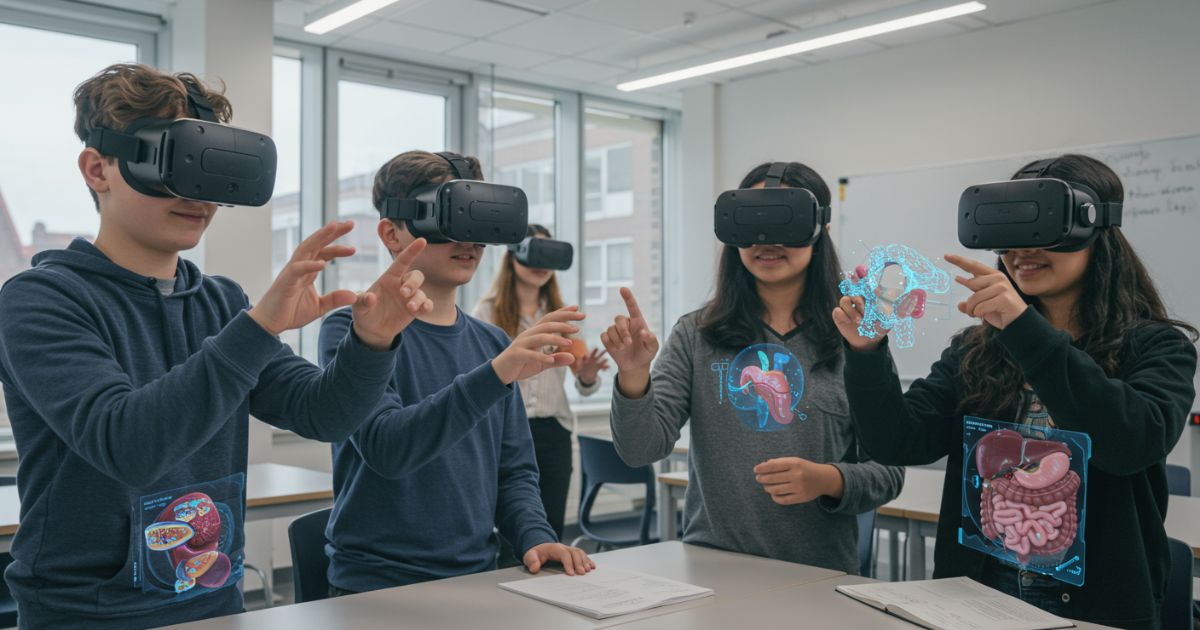
The VR landscape continues to evolve. Watch for:
- Mixed Reality Integration: Combining AR overlays with VR for seamless transitions between physical and virtual worlds.
- AI-Powered Personalization: Intelligent tutors that adapt scenarios based on students’ performance in real-time.
- Collaborative Virtual Campuses: Networked environments where learners worldwide can meet, explore, and collaborate on studies together.
- Haptic Feedback: Wearables that simulate touch and texture, enhancing realism in vocational or medical training.
Practical Tips for Educators
Ready to start your VR journey? Keep these tips in mind:
- Begin with a clear pilot goal and a limited scope to gather quick wins.
- Collaborate with instructional designers to align VR content with standards.
- Collect student and teacher feedback after each session to iterate on lesson design.
- Share success stories and data with administrators to build momentum and secure funding.
Conclusion
Virtual reality is not just a flashy novelty—it’s a transformative educational tool that fosters deeper engagement, improves learning retention, and prepares students for the demands of the modern world. When combined with gamification in education, VR can create immersive and interactive experiences that make lessons more engaging and memorable. By following best practices, measuring outcomes, and staying abreast of emerging trends, educators can harness the full power of VR to design inclusive and effective learning environments. The future of education is virtual, and it’s time to step into the next reality of learning.

